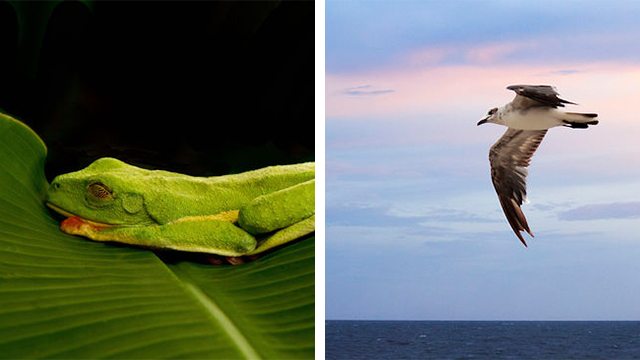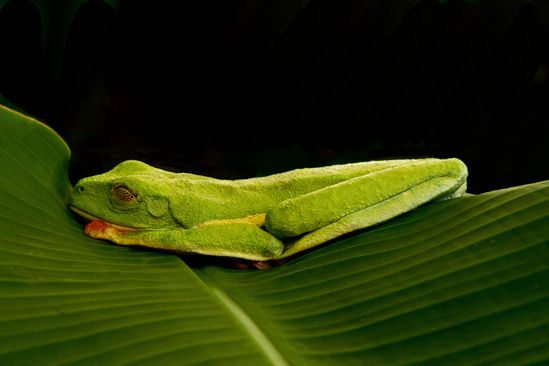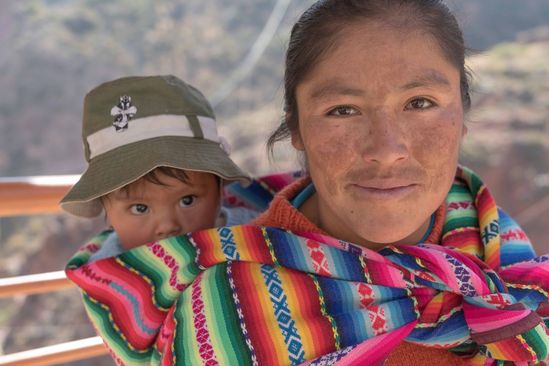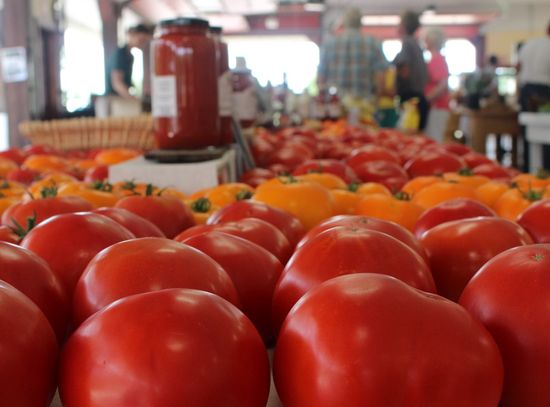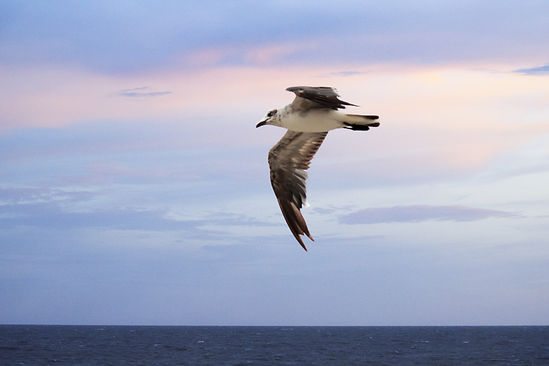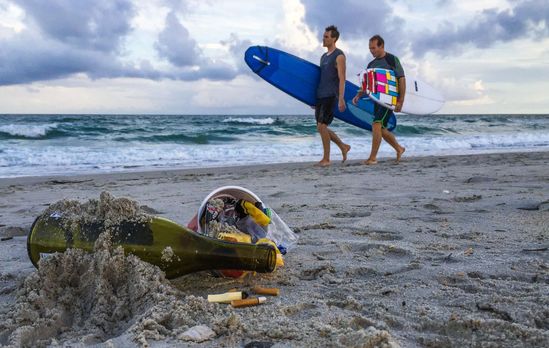Consider this: Every time you lift your camera to your eye, you should be making a conscious decision. And what you decide leave OUT of the photo is just as important as what you decide to include.
What we’re really doing when we click the shutter button is trying to simplify a busy, three-dimensional world into a two-dimensional space.
This way we get to choose what the viewer sees (and doesn’t see) which is part of the magic of photography. Leaving out unnecessary “junk” in your photo is one of the biggest steps you can take towards having more professional-looking shots.
The easiest way to do it? Get closer to your subject.
From a stock perspective, a simple image will almost always sell better than a cluttered one. Here’s some reasons why getting closer is a great technique for stock:
- Your subject will stand out more.
- It’s easier to direct the viewer’s eye.
- You can communicate a message, concept, or emotion more clearly.
- Simple compositions leave more room for copy space- which designers love.
- You’ll minimize distractions that would draw the viewer away from your subject.
I pulled together these reader images from our past two Summer Sprint Challenges to show you the power of getting in closer and simplifying the scene.
Here’s this technique in action:
Wow, what an amazing shot of a tree frog! A perfect example of a simple composition with no distractions. Notice how the subject really stands out against the black background, making this photo all about the amazing color, shape, and elegant lines.
Getting close often works really well with portraits. By filling the frame with her two subjects, Denise creates a strong sense of connection with a welcoming expression that draws the viewer in.
By getting close and blurring the background, Barb has successfully tamed a busy scene. The viewer knows exactly what the subject of this photo is — the tomatoes — and our eye goes right there because they are prominent and in sharp focus. The blurred background gives the viewer an idea of the environment without distracting from the delicious looking tomatoes.
This is another great example of getting in close and blurring the background with a wider opening aperture. Notice how Kim has been able to bring focus to a single pinecone amongst a very busy scene. This is possible because she got in close to her subject and made some very intentional decisions about composition and aperture settings. Leaving space on the left hand side is also a good choice for stock, as designers can use that area for text.
Even if you can’t get physically close to your subject, you can always use a telephoto lens to get closer. Here Roni was able to catch this seagull at a great moment. The simple background of sky and water really makes the bird stand out, and gives a sense of soaring and endless expanse.
Getting close and putting focus on the trash while including the surfers in the background creates a powerful juxtaposition in this image. The viewer really feels the counterpoint between enjoying and degrading the ocean, which makes a great conceptual image for stock. If Patti had been farther away, the trash would have become a distraction rather than the main subject, and the message would have been lost.
It’s not always easy, but the ability to make sense of a chaotic scene, turning life in all its messiness into art, is both the power and challenge of photography.
Sometimes less really is more.
Travel Photography Resources
5 Dos and 2 Don’ts for Travel Photography
Take Great Photos And Get Paid More For Your Travel Articles
Turning a Photography Hobby into a Monthly Income
The Pros Of Selling Your Images As Stock Photography
16 Mobile Photography Tips And Tricks Every Photographer Should Know

